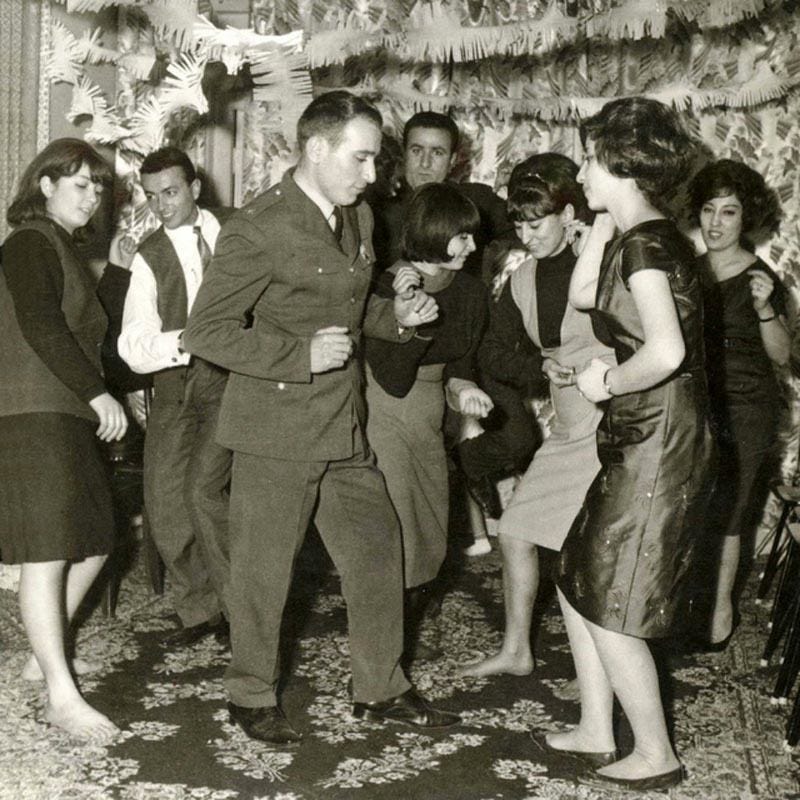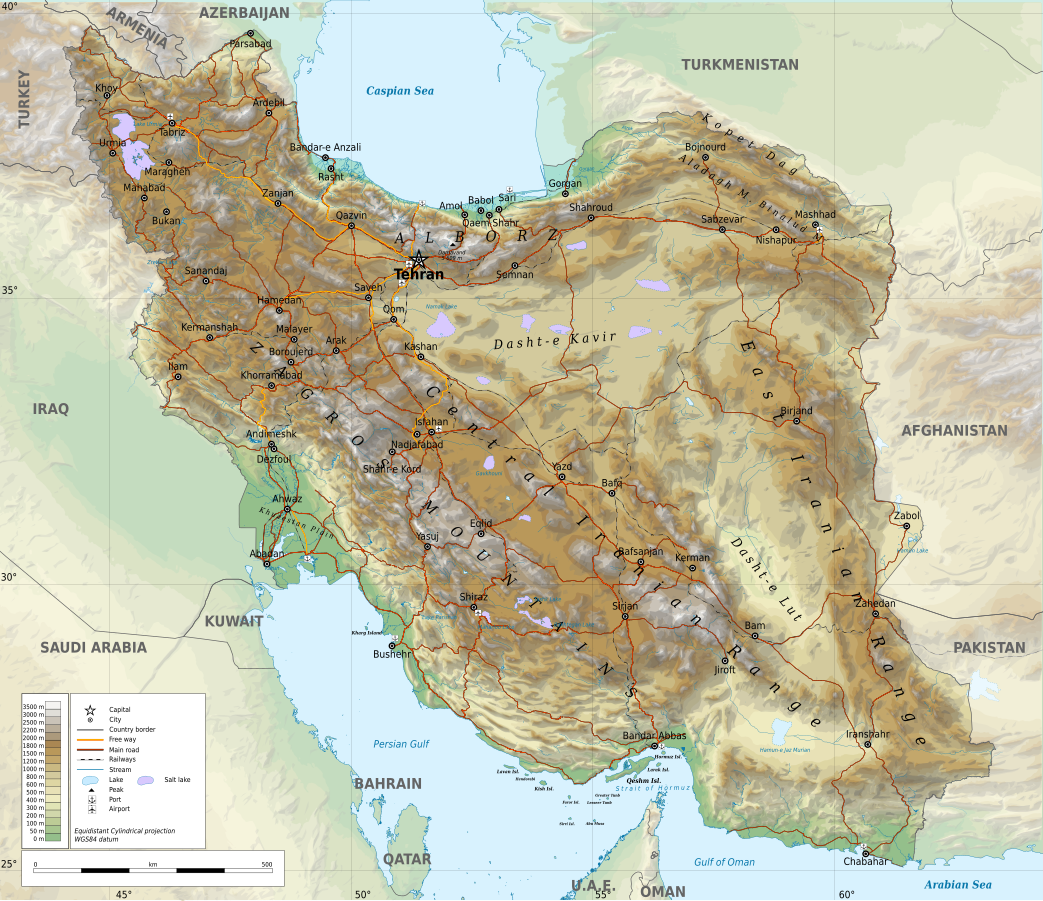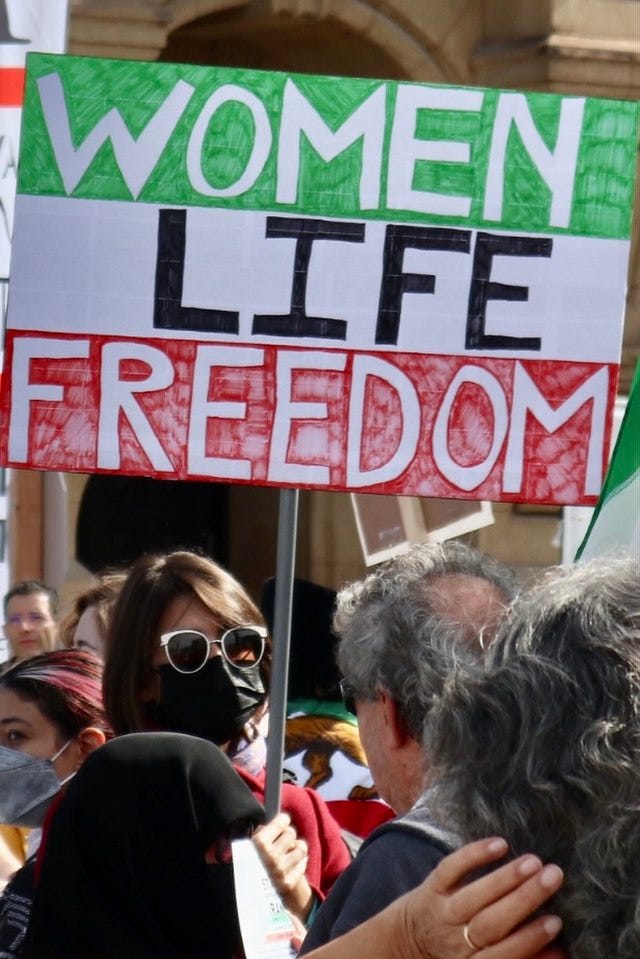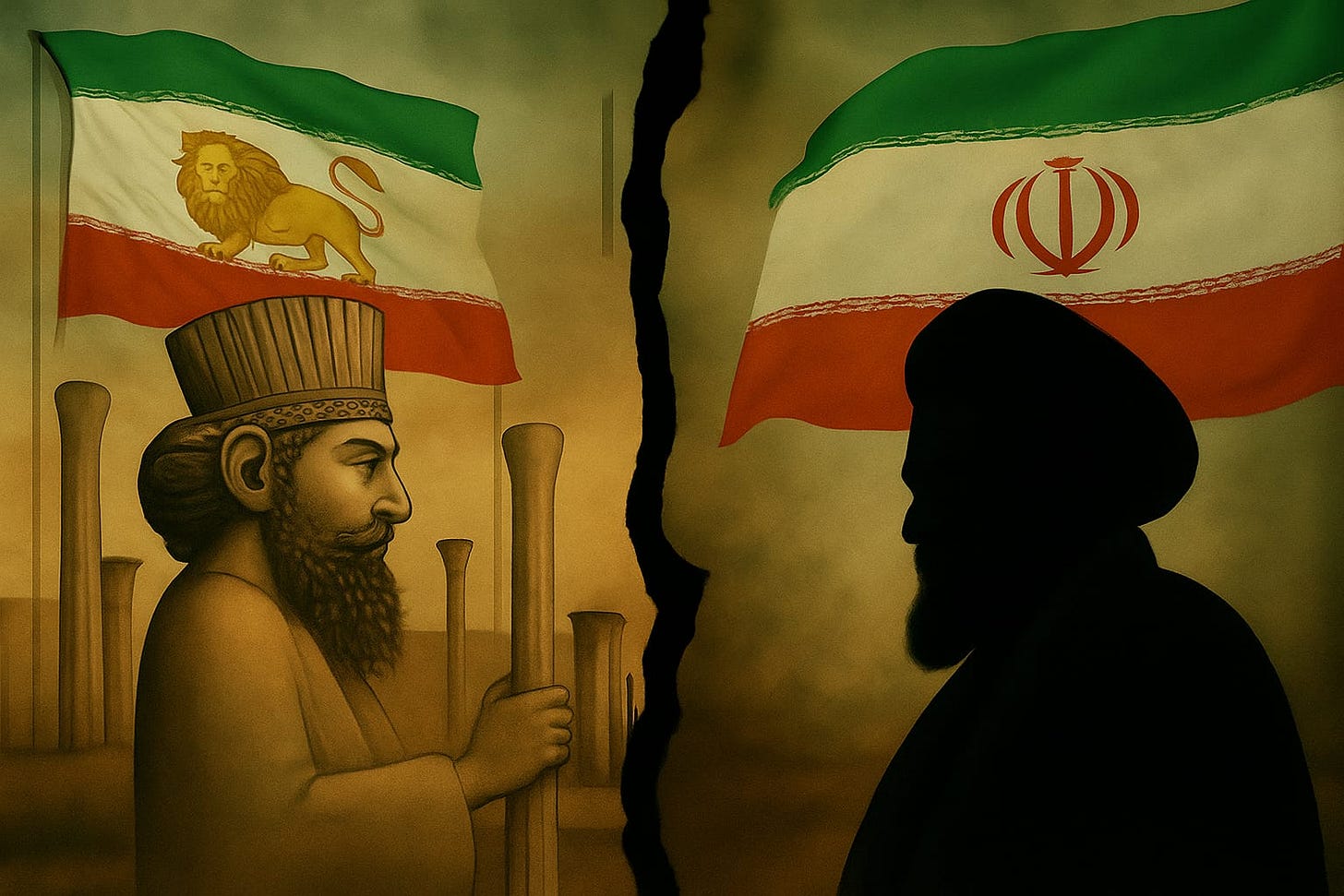Iran vs. The Islamic Republic: Understanding the Divide in the Midst of Crisis
How Iran’s ancient identity clashes with the theocratic regime, and why the current conflict exposes this rift
A Country at War With Itself
Iran today stands deeply divided. The chasm between its millennia-old national identity and the rigid ideology of the Islamic Republic has erupted into a multifaceted crisis. As Israel’s military campaign targets the regime’s nuclear and military infrastructure, the resulting turmoil has laid bare the profound disconnect between the Iranian people, rooted in a proud, pluralistic heritage, and a regime that rules through repression, ideological dogma, and regional aggression. Now, many Iranians reject the Islamic Republic, yearning instead for a future that reflects their true national character and aspirations.
From Civilization to Theocracy
Iran is not the Islamic Republic. Formerly Persia, it is a 2,500-year-old civilization whose cultural and political legacy long predates the mullahs’ rule. While Islamization shaped Iran, it did not erase its Persian character. As noted by historians, “Iran was Islamized, but not Arabized.”

But in 1979, that heritage was politically sidelined. The Islamic Republic, born from Ayatollah Khomeini’s doctrine of Velayat-e Faqih, fused religion and state under unelected clerics. It imposed a rigid ideological framework, defined by anti-Westernism, Shia supremacy, and a mission to export revolution, on a diverse society that increasingly resents it.

Military Escalation, Political Distraction
The Islamic Republic’s missile attacks on Israel, triggered by the assassination of a top IRGC commander, are less about deterrence and more about distraction. The country is suffering from inflation above 30%, a collapsed currency, and chronic unemployment. War rhetoric is a tool to rally a population that no longer believes in the regime’s project.
The regime’s foreign adventures, supporting Hezbollah, Hamas, and Houthis, aren’t driven by national interest, but ideological survival. They reinforce the "Axis of Resistance" narrative, even though most Iranians increasingly reject this costly geopolitical strategy. Public support for the nuclear program, once a symbol of defiance, has plummeted since the 2022 Mahsa Amini protests, as sanctions and isolation deepen economic misery.
The Real Resistance Is Domestic
Women’s Revolt: The regime’s repression of women has backfired. Mandatory hijab laws, exclusion from public life, and violent crackdowns have made women the face of national defiance. The killing of Mahsa Amini in 2022 for allegedly violating hijab law ignited the "Woman, Life, Freedom" movement, with women leading nationwide protests against the regime’s social control. These demonstrations demanded more than reform, they demanded regime change.

Youth Disillusionment: Iran’s younger generation, born under the regime but alienated by it, now leads protests. Over 45% of college-educated women aged 25-29 are unemployed, a figure that captures the regime’s economic and social failures. They’re not demanding a better Islamic Republic, they’re rejecting it outright. For many young Iranians, the Islamic Republic is not a government, it’s a prison.
Minorities Under Fire: Ethnic and religious minorities—Kurds, Baluchis, Arabs, Sunnis, Baha’is—face systemic discrimination. The regime's combination of Persian nationalism and Shia Islam marginalizes non-conforming identities. Provinces like Sistan-Baluchistan and Khuzestan have become centers of resistance and targets of violent crackdowns.
The Coming Reckoning
The Islamic Republic no longer represents the people of Iran. Its legitimacy is broken, its economy is collapsing, and its foreign policy endangers rather than defends the nation. The ongoing war with Israel is not uniting Iranians, it’s exposing the regime’s weaknesses and widening the gulf between ruler and ruled.
This divide is now the central fault line in the Middle East. If Israel’s strategy of internal pressure succeeds, and if Iranians continue their push for national liberation, the Islamic Republic may not survive its next crisis. The question is no longer whether the regime can win its war with Israel, but whether it can survive the growing revolt within.



